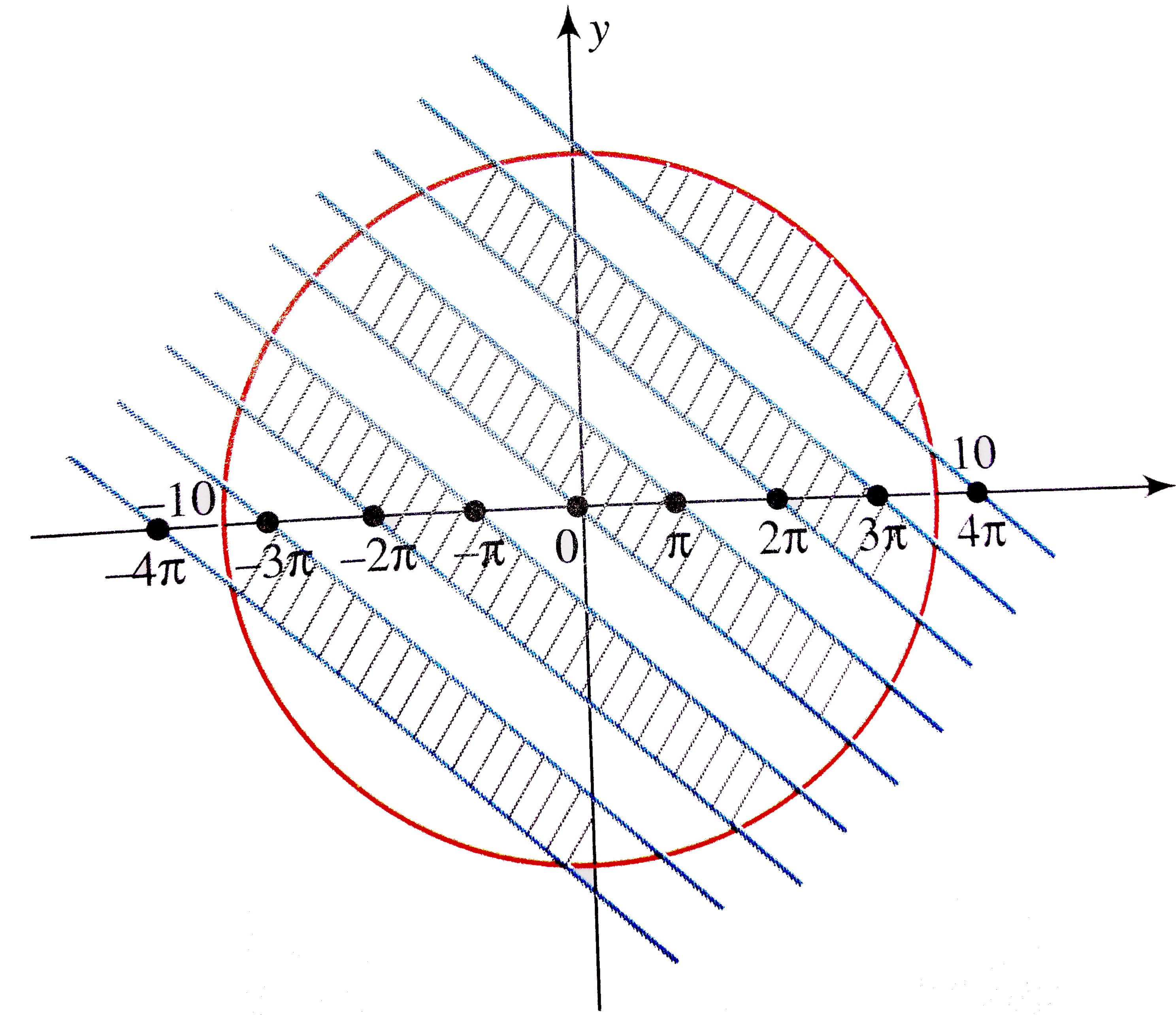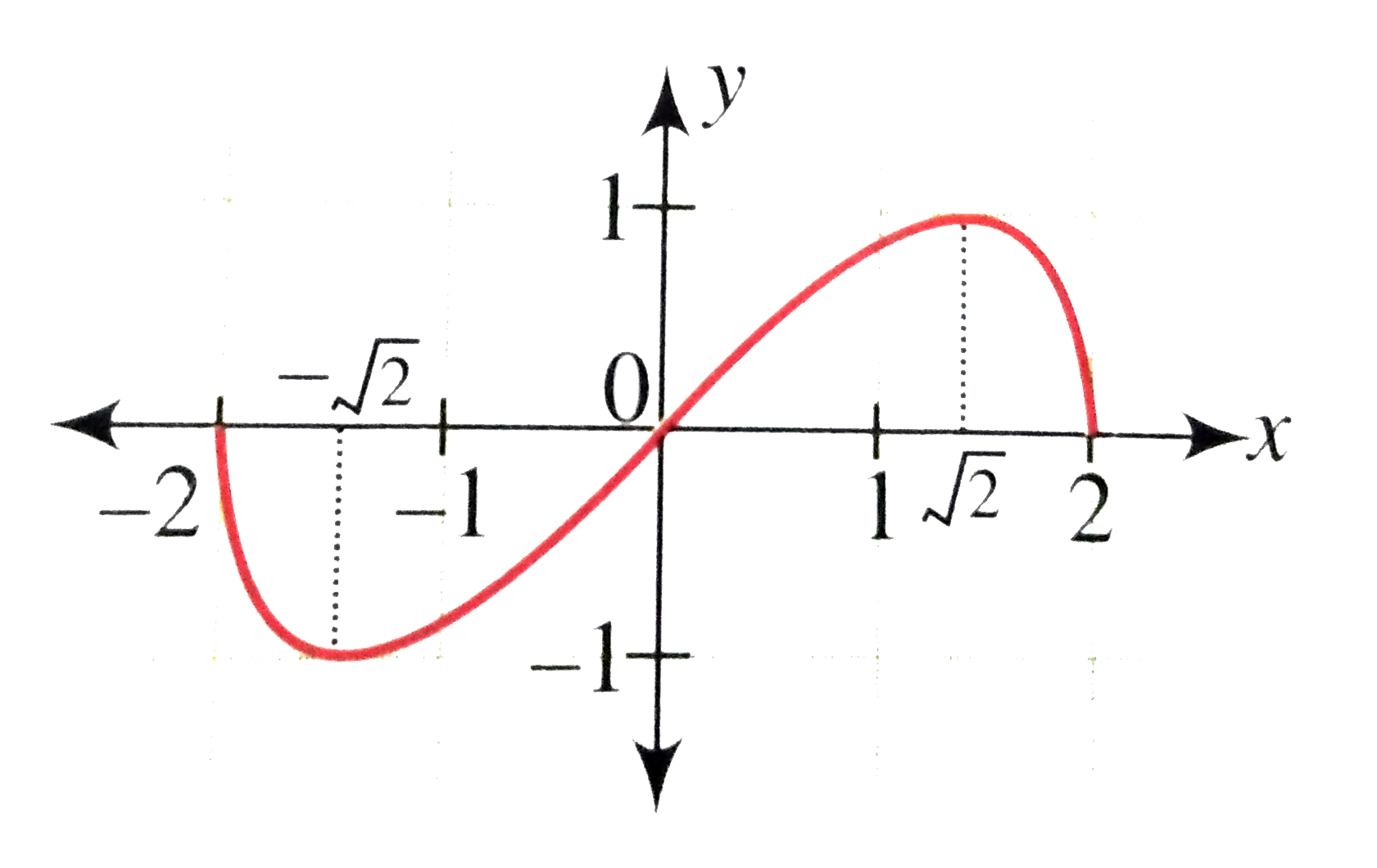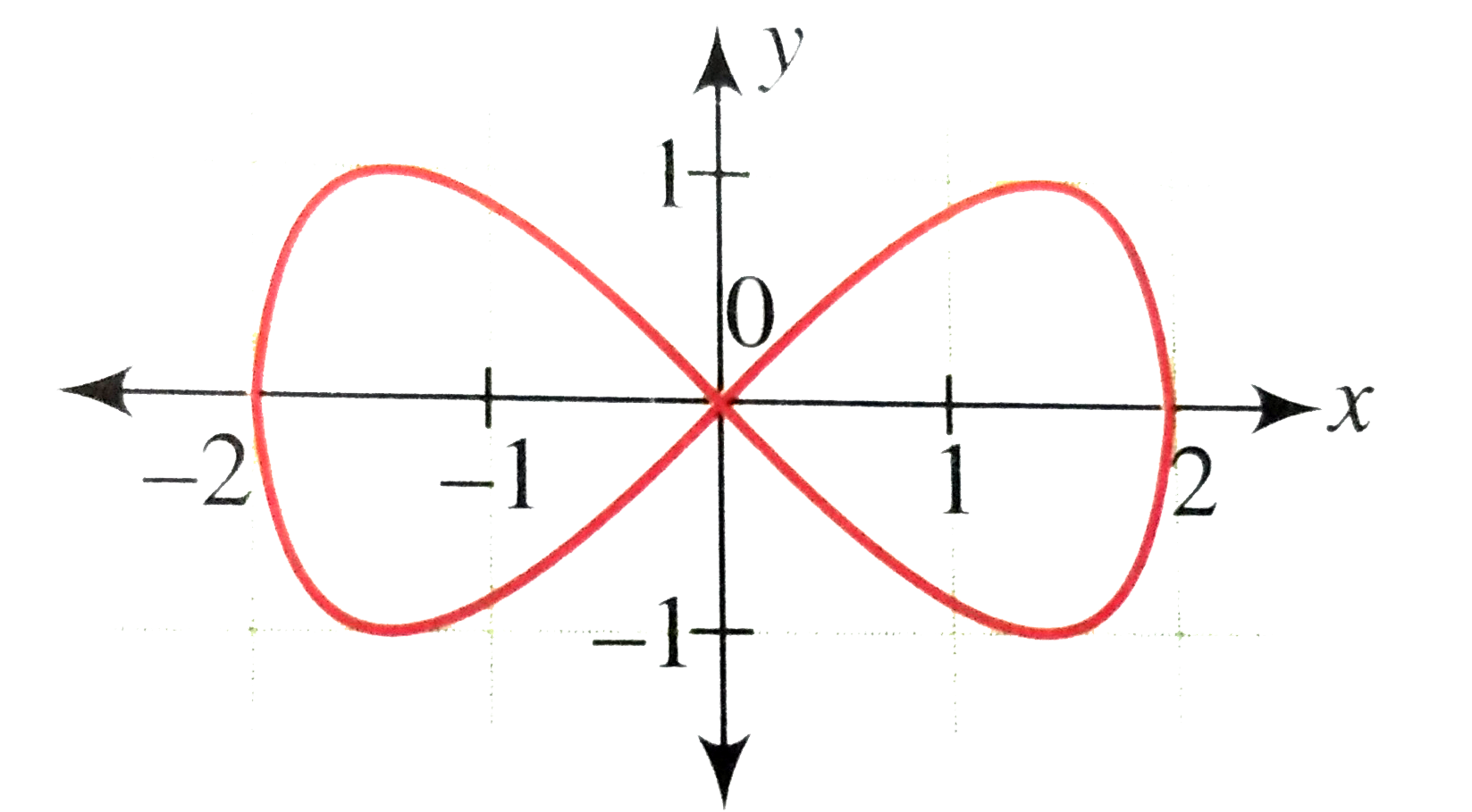InterviewSolution
This section includes InterviewSolutions, each offering curated multiple-choice questions to sharpen your knowledge and support exam preparation. Choose a topic below to get started.
| 1851. |
A random variable has the following distribution i. Does it represent a probability function? ii.If yes, find its mean and variance. |
|
Answer» |
|
| 1852. |
IfDeltan=|{:(a^(2)+n,ab,ac),(ab,b^(2)+n,bc),(ac,bc,c^(2)+n):}|,n in N and the equation x^(3)-lambdax^(2)+11x-6=0 has roots a,b,c and a,b,c are in AP. The value of sum_(r=1)^(30)((27Delta_(r)-Delta3_(r))/(27r^(2)))is |
|
Answer» 130 |
|
| 1853. |
If x^(y) = a^(x), prove that (dy)/( dx) = ( x log _(e) a -y)/( x log_(e) x) |
|
Answer» |
|
| 1854. |
If P(A) = 0.8, P(B) = 0.5 and P(B|A) = 0.4, then find P(AcapB). |
|
Answer» |
|
| 1855. |
Evaluation of definite integrals by subsitiution and properties of its : int_(1)^(oo)(e^(x+1)+e^(3-x))^(-1)dx=.............. |
|
Answer» `(PI)/(4e^(2))` |
|
| 1856. |
A toy company manufactures two types of dolls, A and B. Market research and available resources have indicated that the combined production levelshould not exceed 1200 dolls per week and the demand for dolls of type B is at most half of that for dolls of type A. Further, the production level of dolls of type A can exceed three times the production of dolls of other type by at most 600 units. If the company makes profit of Rs. 12 and Rs. 16 per doll respectively on dolls A and B, how many of each should be produced weekly in order to maximise the profit ? |
|
Answer» |
|
| 1857. |
The points (5, 0, 2), (2, -6, 0), (4, -9, 6) and (7, -3, 8) are the vertices of a |
| Answer» Answer :A | |
| 1859. |
Find the value of tan^(-1)(cot alpha)-cot^(-1)(tan alpha), if 'alpha' is the root of the equation x^(2)-bx+1=0 (b in R^(+)), having least absolute value. |
|
Answer» |
|
| 1860. |
Solve the following equationsx^(11)-x^7+x^4-1=0 |
|
Answer» |
|
| 1861. |
One and only one straight line can be drawn passing through two given points and we can draw only one triangle through non-collinear points. By integral coordinates (x,y) of a point we mean both x and y as integers . The sides AB, BC , CA of a triangles ABC have a, b and c interior points excluding vertices on their respectively . The number of triangles that can be b constructed using these interior points are vertices i |
|
Answer» `(ab+bc+ca)/(2)` |
|
| 1862. |
The value of int(e^(x)((1+x^(2))tan^(-1)x+1))/(x^(2)+1)dx is equal to |
|
Answer» a.`e^(x)TAN^(-1)x+C` |
|
| 1863. |
The point of contact 4x-5y+25=0 with the ellipse 9x^(2)+25y^(2)=225 is |
|
Answer» `(-4,9/5)` |
|
| 1864. |
Find derivatives of the following functions.tan x cot 2x |
|
Answer» Solution :`y = TAN x. cot 2X dy/dx = d/dx(tan x).COT2X + tan x .d/dx(cot2x) = sec^2 x/(cot 2x) + tan x. (-cosec^2 x). d/dx(2x) sec^2 x. cot2x - 2TAN x. cosec^2 x` |
|
| 1865. |
Let veca = hat i + hatj + hatk, vecb = hati + 2 hatk and vecc = x hati + (x -2) hatj + hatk. If the vector vecc lies in the plane of veca and vecb, then x equals : |
| Answer» Answer :C | |
| 1866. |
Let A be a point inside a regular polygon of 10 sides. Let p_(1), p_(2)...., p_(10) be the distances of A from the sides of the polygon. If each side is of length 2 units, then find the value of p_(1) + p_(2) + ...+ p_(10) |
|
Answer» <P>  Area of polygon `= 10 ((1)/(2) .2 (1)/(tan.(pi)/(10))) = (10)/(tan.(pi)/(10))` Now, from point A inside polygon, draw perpendiculars from to the sides of polygon. Then the area of polygon `= underset(i =1)overset(n)sum (1)/(2) .2p_(1) = (10)/(tan.(pi)/(10))` `:. p_(1) + p_(2) + .. + p_(10) = (10)/(tan.(pi)/(10))` |
|
| 1867. |
If a circle of radius 3 units is touching the lines sqrt3 y^2 - 4xy +sqrt3 x^2= 0 in the first quadrant then length of chord of contact to this circle is: |
|
Answer» `(SQRT3 +1)/(2)`  Given equation of lines `sqrt3 y^2 - 4xy +sqrt3 x^2 = 0` `sqrt3 y^2 - 3xy - xy + sqrt3 x^2 = 0` `rArr (sqrt3 y- x)(y-sqrt3 x) = 0 rArr y = (x)/(sqrt3) , y = sqrt3x` `angle APO = 75^@` LENGTH of chord of contact AB ` = 2.3 sin 75^@ = 6(sin 45^@ cos 30^@ + sin 30^@ cos 45^@)` `6((1)/(sqrt2) .(sqrt3)/(2) + 1/2 . (1)/(sqrt2)) = (6(sqrt3+1))/(2sqrt2) = (3(sqrt3 + 1))/(sqrt2)` |
|
| 1868. |
State with reason whether the following functions have inverse f : {1,2,3,4} to {10} with f = {(1,10),(2,10),(3,10),(4,10)} |
| Answer» Solution :No, because DIFFERENT elements have the same image and HENCE F is OT one-one | |
| 1869. |
If 10 coins are tossed then mean and variance of x and x denotes the number of heads is |
|
Answer» `5 , (5)/(2)` |
|
| 1870. |
If z=sqrt(3)/2+i/2(i=sqrt(-1)) then (1+ iz+z^5+iz^8)^9 is equal to |
|
Answer» 1 so, `(1 + IZ + z^2 + iz ^8 )^9` `= (1+ ie^(ipi/6)+e^(i(5pi)/6)+ie^(i(8pi)/6))^9` `= (1+ e^(ipi/2)+e^(i(pi)/6)+e^(i(5pi)/6)+e^(i(pi)/2)+e^(i(4pi)/3))^9""[becausei=e^(ipi/2)]` `= (1+e^(i(2pi)/3)+e^(i(5pi)/(2))+e^(i(11pi)/6))^9` `=[1+(cos""(2pi)/(3)+ i sin""(2pi)/3)+(cos""(5pi)/6+i sin ""(5pi)/6)+(cos""(11pi)/6+isin""(11pi)/(6))]^9` `= (1-1/2+ (isqrt(3))/2-sqrt(3)/2+1/2i+sqrt(3)/2-i/2)^9` `=(1/2+sqrt(3i)/2)^9=(cos ""(pi)/3+i sin""pi/3)^9` `= cos 3pi + i sin 3 pi ` [for any natural number 'n' `(cos theta + i sin theta)^n= cos (n theta)+ i sin (n theta)]` =-1 |
|
| 1871. |
Evaluate the following integrals. int(1)/(3+2cosx)dx_ |
|
Answer» |
|
| 1872. |
The value of int log (1-sqrt(x)) dx is |
|
Answer» `xlog(1-sqrt(x))-(1)/(2)x-(3)/(2)sqrt(x)+C` |
|
| 1874. |
Classify 2 metres north-west measures as scalar and vector. |
| Answer» Solution :The given MEASURE has both MAGNITUDE and DIRECTION and therefore it is a VECTOR. | |
| 1875. |
Consider the regions A= {(x, y)|x^(2) + y^(2) le 100 } and B = {(x, y) |sin (x+y) gt 0} in the plane. Then find the area of the region A uu B. |
|
Answer» SOLUTION :`X^(2) + y ^(2)le 100` So the pointslie inside the circle or on the circle. `""SIN (x+y) gt 0` `""x+y in (0, PI) uu ( 2pi, 3pi)…` `"" x+y = c` is the equation of the line `""` Required area= shaded REGION = `(1)/(2) pi (10)^(2) = 50 pi` 
|
|
| 1876. |
Show that the relation R in the set A= {1,2,3,4,5} given by R= "{"(a,b):|a-b| is even} is an equivalence relation. |
| Answer» | |
| 1877. |
Let f(x) = 6x^(4//3) - 3x^(1//2), x in [-1,1]. Then |
|
Answer» The MAXIMUM VALUE of F(X) on `[-1,1]` is 3 |
|
| 1878. |
Two numbers x and y are selected at random from {1, 2, 3, …, 5n} without replacement. Find the probability that (1)/(5) (x^(2) + y^(2)) is a natural number. |
|
Answer» |
|
| 1879. |
If I=int(dx)/(a+b cosx), where a,bgt0 and a+b=u, a-b=v, then match the following column |
|
Answer» |
|
| 1880. |
int (1 + tan x)/(e^(-x). Cos x) dx = |
|
Answer» `E^(-X)tanx+C` |
|
| 1882. |
Find the co-ordinates of the foot of the perpendicular drawn from the origin to the plane 5y+8=0 |
|
Answer» 1)`(0,-(18)/(5),2)` |
|
| 1883. |
If alpha and beta are the roots of the quadratic equation 3x^2 -16 x+5 =0then tan^(-1) alpha +tan ^(-1) beta -tan ^(-1) ((alpha+beta)/(1- alpha beta))= |
| Answer» ANSWER :B | |
| 1884. |
If the area of triangles is100 sq. cm, r_1= 10 cm and r_2= 50 cm, then the value of (b-a) is equal to |
|
Answer» 20 |
|
| 1885. |
Evaluate the following integrals. int(x^(2))/(sqrt(1-x))dx |
|
Answer» |
|
| 1886. |
If[[2x,y],[1,3]]+[[4,2],[0,-1]]=[[8,3],1,2]]Find x and y. |
|
Answer» SOLUTION :`[[2X,y],[1,3]]+[[4,2],[0,-1]]=[[8,3],1,2]]` ``[[2x=4,y+2],[1,2]]=[[8,3],[1,2]]` `:. 2x +4 =8 ,y +2 =3 ` `:.x=2,y=1` |
|
| 1887. |
Shows that the following functions do not possess maximum or minimum. x^5 |
| Answer» SOLUTION :PROCESSED as in (i) | |
| 1888. |
Prove that ((a+b)/2)^(a+b) ge a^(b) .b^(a)[ a, b in N] |
|
Answer» |
|
| 1889. |
Let A(x_1,y_1),B(x_2,y_2), and C(x_3,y_3) be three points. Area of the triangle with vertices A, B and C is is given by1/2|Delta Where Delta=|{:(x_1,y_1,1),(x_2,y_2,1),(x_3,y_3,1):}| . |
|
Answer» |
|
| 1890. |
Find the mean , variance and standard deviation for the frequency distribution. |
|
Answer» (II) `=43.4` (III) `=6.59` |
|
| 1891. |
A card is drawn from a well shuffled pack of 52 playing cards. Find the probability of getting (i) an ace card (ii) a spade card (iii) a king card of red colour. |
|
Answer» |
|
| 1892. |
The set of real values of alpha for which the system of linear equations x+ (sinalpha)y+(cosalpha)z=0 x+ (cos alpha)y + (sin alpha)z =0 -x+ (sinalpha)y-(cosalpha)z=0 has a non-trivial solution is |
|
Answer» `(NPI)/(2)+(-1)^(n) (pi)/(4)+ (pi)/(8)` (n is an integer) |
|
| 1893. |
Prove that the product of the lengths of the perpendicular drawn from foci on any tangent to the hyperbola (x^(2))/(a^(2))-(y^(2))/(b^(2))=1 is b^(2) |
|
Answer» |
|
| 1894. |
Draw the graph of the relation 4y^(2)=x^(2)(4-x^(2)) |
|
Answer» SOLUTION :We have `4y^(2)=x^(2)(4-x^(2))` `therefore y=+-1/2 sqrt(x^(2)(4-x^(2)))` `therefore y=+-x/2sqrt(4-x^(2))` Let us first draw the graph of `y=f(x) = x/2sqrt(4-x^(2))` Clearly, the domain is `[-2.2]` Now, `f(0)=f(-2)=f(2)=0` Also for `x lt0, f(x)lt0` and for `x GT0, f(x) gt0` Now `(dy)/(DX) = 1/2sqrt(4-x^(2))-x/2x/sqrt(4-x^(2))` `RARR 4-x^(2)=x^(2)` `rArr x=+-sqrt(2)` Since `f(x) gt 0` for `x lt 0` and `f(0)=f(2)=0, x=sqrt(2)` is the point of maxima and `x=-sqrt(2)` is the point of minima. `f(sqrt(2))=1, f(-sqrt(2))=-1` Also `f(x)` is an odd function. Hence, the graph of the function is as shown in the following figure.  Graph of `y=-x/1sqrt(4-x^(2))` can be obtained by reflecting the above graph in the x-axis. Hence, the graph of the relation `4y^(2)=x^(2)(4-x^(2))` is a FOLLOWS. 
|
|
| 1896. |
Find the value of k for which the function. f (x) = {{:(((sin x +xcos x))/( x ) , " when " x ne 0 ),( k, " when"x=0 ):} " is continuous at "x=0 |
|
Answer» |
|
| 1897. |
Find the maximum value of Z = 4x + y subject to the constraints 2x+y le 23, x ge 0, y ge 0 is ………. |
|
Answer» |
|
| 1898. |
Let f be a continuous function on R satisfying f(x+y)= f(x) + f(y) for all x, y in R with f(1) =2 and g be a function satisfying f(x) + g(x)= e^(x) then the value of the integral int_(0)^(1) f(x) g(x) dx is |
|
Answer» `(1)/(E ) -4` |
|
| 1899. |
If the lines x = ay + b ,z = cy + d and x= a'z + b',y = c'z + d'' are perpendicular then .......... |
|
Answer» `"CC"' + a + a' = 0` |
|
| 1900. |
Find the area enclosed by the curve y = 2^(x) and max {|X|, |y|} = 1 |
|
Answer» |
|